A Tattoo Tale
How the tattoo fad and the internet revolution have conditioned people to accept AI entering their bodies and minds in a way similar to demon possession. "It's an alien lifeform." David Bowie
One-time or recurring donations can now be made at Ko-Fi
You can listen to me read this essay here:
A friend of mine tried for years to convince me to get a tattoo. I wasn’t interested. I didn’t understand why people put such proclamations on their bodies.
It reminded me of bumper stickers on cars. Why label your car, let alone yourself, for every passing stranger to see. Something as important as your beliefs should be treated with more respect, or so it seemed to me. But my friend wore me down and finally one night we were out in the Phoenix arts section and somehow, she got me into a tattoo parlor and we both got star tattoos. I chose a star because it was simple and ethereal. If I was really going to get into tattoos, I’d have thought it through more deeply and had one of my drawings put on my body. But which one? How to decide. Such an undertaking would have been far more complex and required a higher level of commitment than I was willing to give.
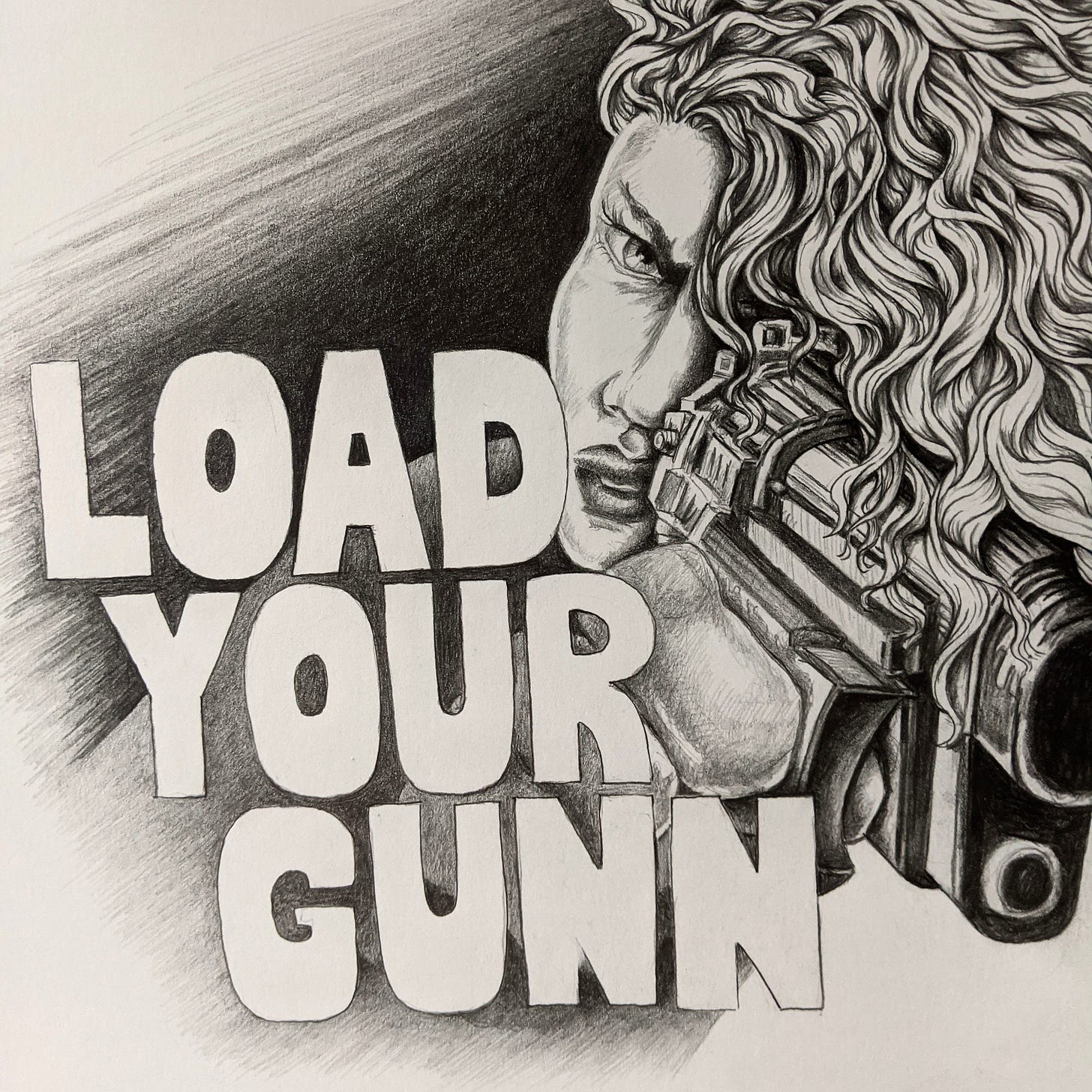
Still, as an artist, I was curious about tattoos and the whole experience. Tattoos are an artform, too, and there are all sorts of rituals, both historical and personal, associated with the process of getting one and I wanted to better understand it. Even that tiny star was painful. The tattoo artist joked with me, saying once you start you won’t stop, you will be back. But I didn’t go back, and I doubt I ever will, although I’m old enough to know to never say “never”. I have no regrets about getting one, but as far as I’m concerned, that was enough for me.
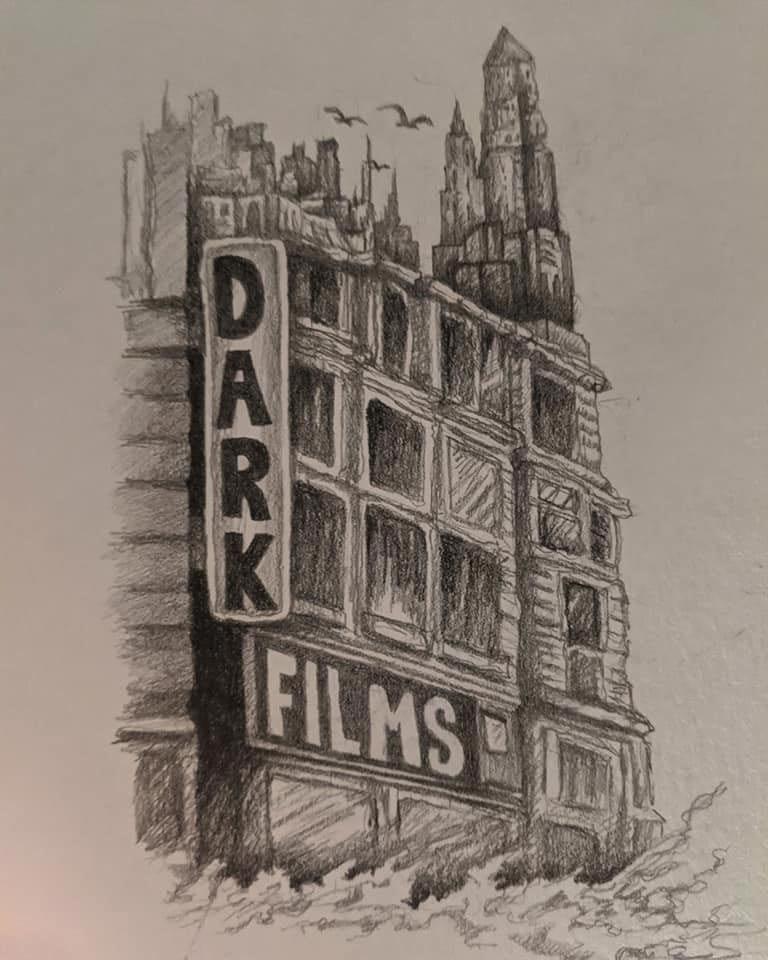
In Land of Talismans, the fourth book in Night Angels Chronicles, my YA fantasy series, (that I am still finishing!), I have a rebel denizen (oh, of course you don’t know what those are—denizens are modern vampires but not at all like those sissy vampires in the cringy Twilight series, more like the vampires in Ann Rice’s brilliant Interview with the Vampire). Anyway, this rebel named Dante, and others like him, kills those who are suffering as an act of mercy and those who cause suffering as an act of justice. As he kills, the tragic stories of his victims’ lives are burned into his flesh like tattoos. His body is covered in the stories of those he has killed and each time he kills the tattoos come alive and writhe across his body, causing indescribable pain to him. They are like talismans protecting him from death, burned into his flesh, talismans that he has paid a terrible price to possess.
Night Angels Chronicles is about sin and our fallen nature and how our spiritual and physical selves are in constant battle. I finished the first three books and most of the fourth book before Covid happened. As with Luminaria, much of what I wrote foretells what is happening today and it gives me goose bumps to read it over. The last part of Talismans is greatly influenced by my awakening and my reconnection with my faith in Christ. I am sure there are those who would say I should stay away from vampires and such topics. But I cannot do that. I’ve seen far too much evil in this world not to address it in my writing and my art. My fiction writing can reach a different group of people—and a younger crowd— than my essays. It doesn’t frighten me to talk about evil or to weave it into my stories, or even to confront it head-on. Sugarcoating life’s darker side or ignoring it doesn’t help anyone, especially not our children (giving them age-appropriate information of course). They need to know the truth because forces all around them are trying to convince them that evil is good and good is evil.
Traditional tattoos were never supposed to be like bumper stickers on your car. They had deeper meanings for societies that had made them an intricate part of their lives. But like all histories and traditions, tattoos are being stripped of their meaning and now, anyone can have them, just like I did, walking into a tattoo parlor and paying the guy for what I asked. No explanation necessary. No ritual. No preparation.
Children wear fake tattoos, bought for them by their parents. Those same parents would never want their children having real tattoos burned into their skin, so why are they “grooming” (a loaded word now) their children to accept real tattoos by buying them fake ones? It’s a perfect example of how brainwashed people have become thanks to marketing strategies. Parents think the fake tattoos are harmless and cute. They adhere to the skin with water and stay there sometimes for a week or so.
You can be sure the plan is for all children to grow up thinking tattoos are as natural as their skin—but by then, the tattoos won’t be the ones they get from tattoo parlors. They will be the ones the government puts on them for surveillance. They will be branded as slaves to the state.
You might think, okay Karen, you’re stretching it. But these subtle changes in how we see tattoos are leading us to a place where people will allow AI to invade their bodies and minds and take up residence. Like demons. Curtesy of the internet.
I was reminded recently of a chilling 1990s interview with Davd Bowie which you can watch here:
Bowie says, “Up until at least the 70s we were living a world where there were known truths and there were known lies and there was no kind of duplicity or pluralism about the things that we believed in.
“Now there are always two, three, four, five sides to every question that the idea of singularity has disappeared that produced such a medium as the internet that absolutely establishes and shows us that we are living in total fragmentation. “
The interviewer says surely these claims about the internet are hugely exaggerated. Bowie reminds him about the outrageous claims that were made about the telephone at the time of its invention, how one day every home in America would have one. And that came true!
Bowie says, “I don’t think we’ve seen even the tip of the iceberg. I think the potential of what the internet is going to do to society, both good and bad, is unimaginable. I think we’re actually on the cusp of something exhilarating and terrifying.”
Then the interviewer says, “It’s just a tool, though, isn’t it?”
To which, Bowie responds with passion, “No, it’s not. It’s an alien lifeform. And it’s just landed here.”
If anyone would know about alien lifeforms, that would be David Bowie.
So, people can say my connection between tattoos and doorways for demons to enter our bodies is exaggerated, but just wait and see. It will become a part of daily life and people won’t think twice about it—unless we say no.
Doors, gates, passageways are being opened to let the darkness inside and tattoos are one of many ways this is happening.
I’m not saying everyone with a tattoo needs to freak out. A tattoo in and of itself can be whatever we choose it to be. Get a tattoo if you want. It doesn’t have to be a portal to anything evil. It can just be a…tattoo. A beautiful expression of something meaningful to you. This essay is simply a warning of what it is leading us into if we are not careful. Be aware. Don’t hide your head in the sand as if this isn’t happening. It’s like, drink a glass of wine if you want. But if you are predisposed to never stop once you start, then don’t do it.
Here are a couple of interesting tattoo facts:
The oldest known tattooed human skin is on the body of Ötzi the Iceman, who was estimated to have lived between 3370 and 3100 BC. His body was found in the Alps and had 61 tattoos of simple dots and lines using carbon ink.
One of the oldest recorded tattoo ink recipes consists of Egyptian pine bark, corroded bronze, vinegar, vitriol, leek juice, and insect eggs.
Not every culture had the same idea about tattoos.
In most of the ancient Greco-Roman world, tattoos were seen as a mark of punishment and shame. The Greeks, who, according to the historian Herodotus, learned the idea of penal tattoos from the Persians in the sixth century B.C., tattooed criminals, slaves who tried to escape, and enemies they vanquished in battle. A famous example has the Athenians tattooing the defeated Samians with an owl, Athens’ hallowed emblem, only to have the favor returned when the Samians defeated the Athenians and tattooed their prisoners with a Samian warship. In the Roman Empire, slaves were marked to show their taxes had been paid. The emperor Caligula tattooed gladiators—as public property—and early Christians condemned to the mines. But among many of the ancient cultures the Greeks and Romans encountered—Thracians, Scythians, Dacians, Gauls, Picts, Celts, and Britons, to name a few—tattoos were seen as marks of pride.
An indigenous people known as the Ibaloi once mummified their honored dead and laid them to rest in hollowed logs in the caves around what is now the Filipino municipality of Kabayan. In life, these ancient people had won the right to be covered in spectacular tattoos depicting geometric shapes as well as animals such as lizards, snakes, scorpions, and centipedes. “…head-hunting warriors revered these creatures as ‘omen animals,’” says Smithsonian anthropologist and tattoo scholar Lars Krutak. After successfully taking the head of an enemy in battle, a warrior would have these animals permanently etched onto his body.
What inspired me to finally complete this essay was seeing 106-year-old Apo Whang-Od on the cover of Vogue and comparing her photograph to that of 81-year-old Martha Stewart on the cover of Sports Illustrated.
At first, I thought, wow, what a perfect example of how they are destroying the wisdom of the elders and replacing it with the worship of youth. Apo is completely natural, while Stewart has spent more money than most people could ever imagine on cosmetic surgery.
Oh, wait, Alpo isn’t completely natural. Her body is covered in tattoos that greatly alter her appearance. And the photographers have captured both women perfectly, giving the illusion that they are both “natural” when neither one is. As I continued to think about it, I realized how the two women are more similar than different. Both are businesswomen who exploited traditional values to turn a profit.
Apo is keeping alive the thousand-year-old practice of batok, a tattoo art from Buscalan Village in the Philippines and it is now world-renowned. Tourists from all over the world come to her village and pay big money to get the tattoo experience. Stewart built an empire by keeping alive the talents every Western housewife is traditionally supposed to have. What was once tied to the people, their histories, their village, important rites of passage in life in Apo’s village, is now a money-making machine, not any different from the empire Martha Stewart built. Apo advertises herself on her body as does Stewart.
According to Vogue:
Whang-Od’s face is also plastered on all kinds of merch from t-shirts to coffee packaging, and that’s just in Buscalan. I don’t know if it’s because of her guilelessness and genuine desire to share her culture, but she has been at the center of several incidents that have been called out as exploitative, with a few requiring the National Commission on Indigenous Peoples to step in as the gatekeepers of indigenous intellectual property rights.
At a webinar that discussed these issues, social anthropologist Dr. Analyn Salvador-Amores noted that what was once a place-based ritual has been transformed into a commercialized practice. “Culture is an increasingly prized commodity, aggressively appropriated by other entities,” she said. “Instead of asking who owns culture, we should ask how we can promote respectful treatment of native culture and indigenous forms of self-expression within mass societies.”
Sorry but, mass societies should not exist in the first place. And we should not think in terms of “promoting” deeply spiritual practices.
The words are all wrong as well as the meanings behind them.
Nearly Half of Americans Under 40 Have Tattoos
It’s interesting that 67% of older Americans don’t have any tattoos. So, with this trend, it’s easy to predict that children born now will find tattoos to be the most natural thing in the world. The tattoos will have no significance other than wanting to make them look cool while they are being used to monitor every move of the wearer. And by then, the tattoos will be permanent. When talking about tattoos being manufactured for health and safety, they make sure to say they are not permanent. But we know this is what the ultimate goal is.
Here are some different types of tattoos we can look forward to wearing:
An e tattoo can be made of flexible electronic components such as conductive ink that can track important information about the person wearing it. According to Carnegie Mellon University, just like a child’s decorative tattoo, you need to get it damp to apply to the skin. It’s like having a smart Band-Aid, or the human body equivalent of IoT.
Massachusetts-based company MC10 created a digital tattoo that can monitor movement, muscle performance or heart activity. The device uses stretchable metallic interconnects and rubbery polymers that form a system that can “sense, measure, analyze, and communicate information” about the person who wears it. It is thinner than a strand of human hair.
A graphene-based patch made by South Korean researchers not only monitors your health but knows when you need medication, and its microneedle array then injects the right amount into your body.
A personal alarm button can be worn on the wrist. Also available are RFID-blocking wearables that prevent identity theft.
How convenient! I wrote about RFIDs (radio frequency identification) in my essay Age of Drones and it bears repeating:
Hidden placement of tags. RFID tags can be embedded into/onto objects and documents without the knowledge of the individual who obtains those items.
Unique identifiers for all objects worldwide. The Electronic Product Code potentially enables every object on earth to have its own unique ID.
Hidden readers. RFID readers have already been experimentally embedded into floor tiles, woven into carpeting and floor mats, hidden in doorways, and seamlessly incorporated into retail shelving and counters, making it virtually impossible for a consumer to know when or if he or she was being “scanned.”
Individual tracking and profiling. If personal identity were linked with unique RFID tag numbers, individuals could be profiled and tracked without their knowledge or consent.
I just read this Daily Mail article “Mother sparks furious backlash after revealing she makes her young kids wear Apple AirTags to keep track of them - and 'trains them like DOGS' to come when she presses a button,” because, you know, when it comes to your kids, “you can never be too protective.”
Mother Vada must be particularly happy since her TikTok clip has so far been viewed more than 1.7 million times—and that’s the meaning of success.
But let’s continue. Here are some more genius human tracking devices:
a smart cap can be required that checks in on brainwaves and alertness to give drivers or construction workers a heads up that they are fatigued.
a personal tag that tracks worker activity and location; linked to a central monitoring station.
A Nieman Reports article describes how sunglasses laden with positional sensors will be able to tell not only where you are but which direction you are facing.
And where is this leading us to?
It’s then just a simple step to microchipping everyone.
Pets’ microchips help identify them if they get lost. For us, microchips will make life more convenient. The Swedish incubator Epicenter began microchipping its employees in 2015 — not to track bathroom breaks or productivity but to give them the power to operate printers and more. The tiny, grain-of-rice-size RFID (radio frequency identification) chip opens doors with a wave of your hand in front of a chip reader. And at Pause Fest, an Australian tech expo, 10 VIPs volunteered to swap paper tickets for implanted-microchip ones. Imagine an internal key fob.
Wetware, a biohacking start-up in Pittsburgh, is experimenting with powered implants: The RFID chip is powered by the device it interacts with, like the card scanner on your office door, while the implants are powered internally by a battery. Cofounder Tim Cannon inserted a monitor slightly smaller than a stack of credit cards into his forearm “to prove that we could design and implant a subdermal device in the body for nonmedical purposes. We’re looking at what abilities humans could have evolved to have biologically but didn’t,” he says, pausing. “Like bioluminescence.”
Chris Harrison, a professor of computer science at Carnegie Mellon University’s Human-Computer Interaction Institute, has been working on a similar idea since 2009. “Why don’t we just forget the phone screen entirely? Why not use the skin? Instead of the three-and-a-half-inch iPhone, why not have the 20-inch arm bone?”
Says Nina Jablonski, a professor in the anthropology department at Penn State University, “I imagine a future where people are going to be able to affix things to their body that are more expressive than tattoos to provide this much more dynamic look to the skin. And functional! Like patches that are UV-radiation and body-temperature monitors. It’s so exciting to think about this stuff.”
Yes, a big thank you to tattoos for preparing people to accept this intrusion inside their bodies.
After all of that, the image of “Lucky Diamond Rich,” who happens to hold the Guiness Book of World Records title for the most tattooed man in the world, looks downright innocent in comparison to all the “cool” stuff they want to tattoo and implant us with. At least his tattoos are just images, they aren’t tracking him and sending the information to some unknown source.
Rich is an aboriginal Australian performance artist who joined the circus at age 16 and would juggle chainsaws, ride a ten-foot unicycle, and swallow swords. After he got his first tattoo of a small juggling club on his hip, he waited over two years to get tattooed again.
At 28, Lucky Diamond Rich got his first full-body suit of black ink, which he would later go over with a layer of white ink as well as multiple layers of color. He now has tattoos covering his entire body including the skin between his toes, his eyelids, his ear canals, and even his gums. He has also had his teeth replaced with silver veneers.
Then there’s Alfredo Meschi, a 51-year-old activist from Italy, who has over 40,000 identical X tattoos to illustrate the number of animals killed every second. Now, that’s devotion! It isn’t like bumper stickers at all.
Tattoos are fascinating. They represent as many different unique meanings as there are unique people on the planet. Sadly, like so much else that is meaningful, they are being used to acclimatize “the masses” to total control over their minds and bodies.
Who would have ever thought that about tattoos?
I will just end with our good “friend of humanity” Bill Gates, who scoffs at the conspiracy theory that he wants to microchip the world. Nope. All he wants to do is end overpopulation.
A birth control microchip, funded by the Bill and Melinda Gates Foundation, would hold nearly two decades worth of a hormone commonly used in contraceptives and dispense 30 micrograms a day, according to a report from the MIT Technology Review.
Remote control. Who’s control? Do we really want Bill Gates and his billionaire tribe in charge of every woman’s birth control?
I got my little star tattoo, and it was fun and informative. It helped me understand the strong desire people have to imprint a record of what they value on their bodies. Get your tattoos if you want. Just keep in mind where this is all leading us. And remember you always have the power to say no. Don’t give in to manipulation or psychological terrorism. Be informed. Confront the truth fearlessly. Maintain control over your own bodies and minds—and protect the bodies and minds of your children.
One-time or recurring donations can now be made at Ko-Fi




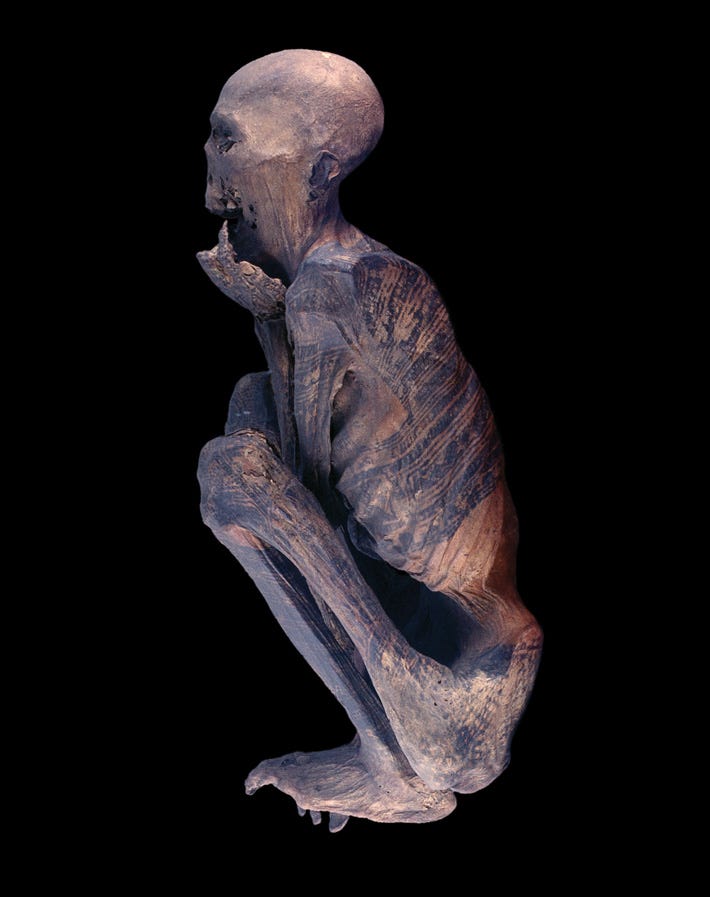
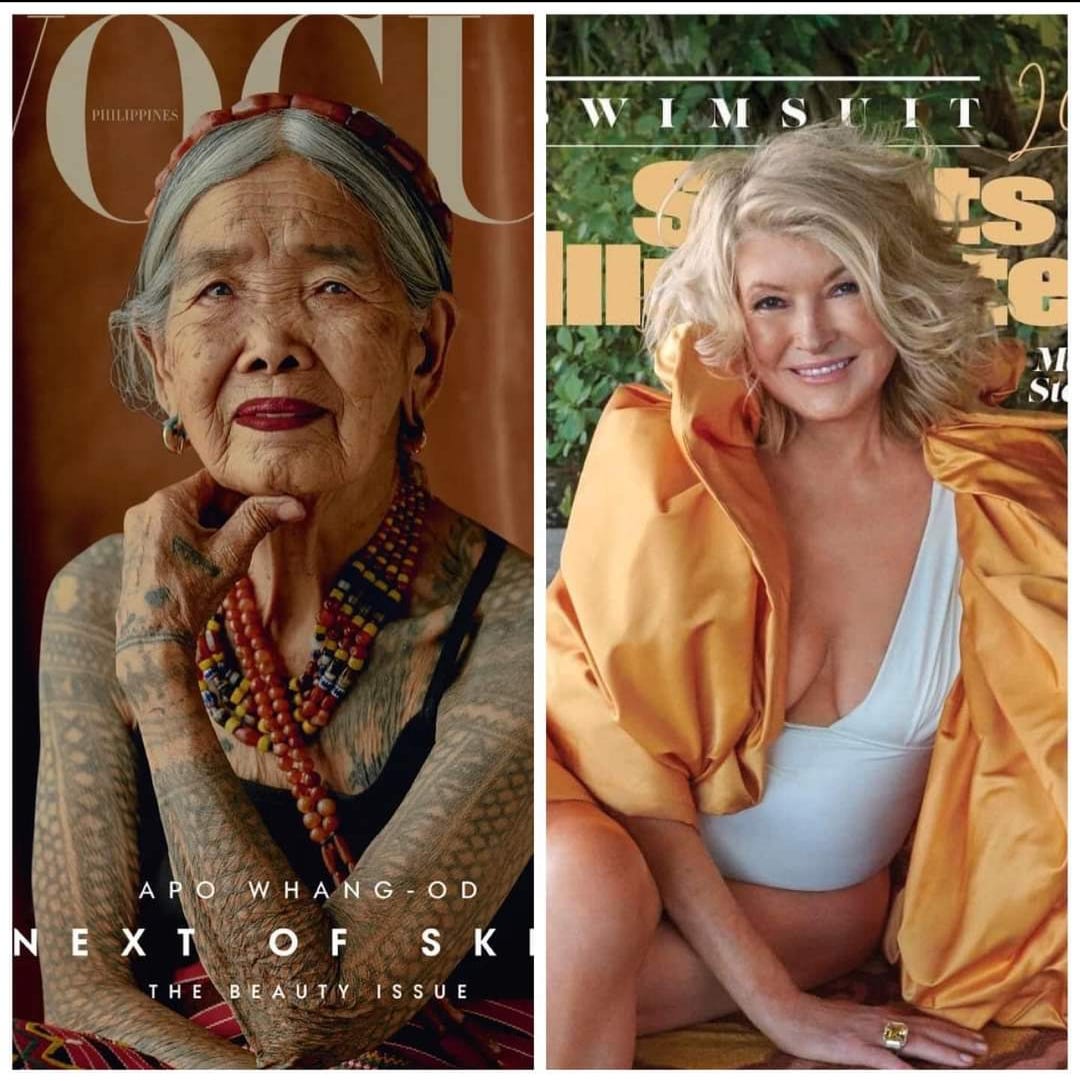

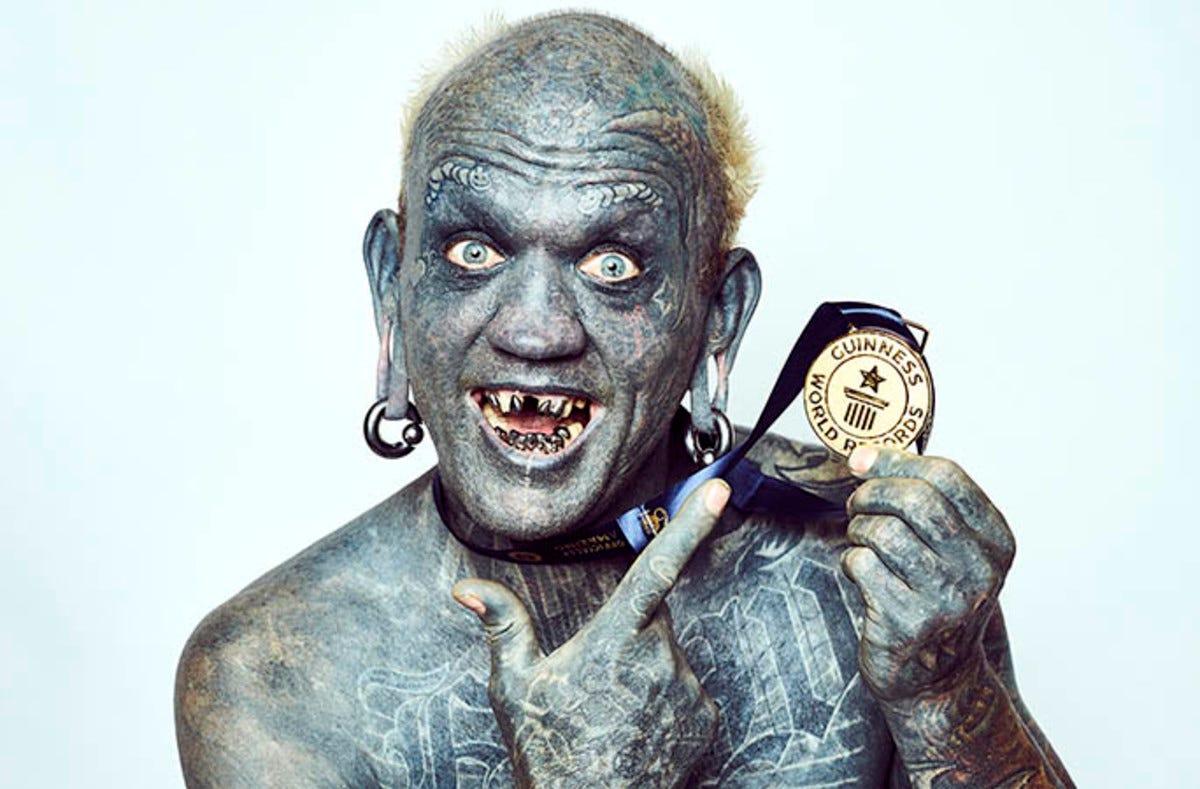
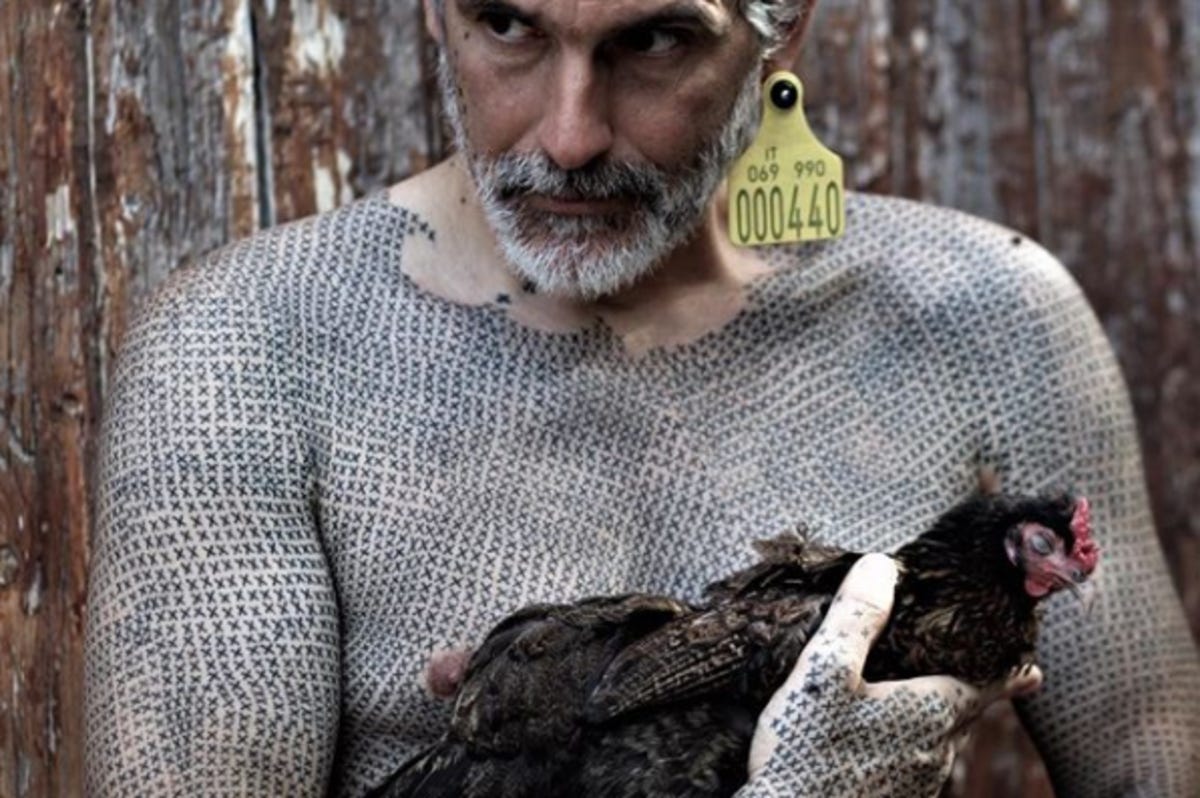
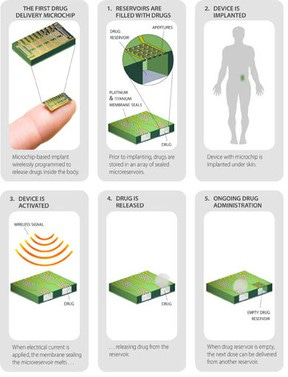
I am the only untattooed person in all of my friends, over the decades since the 90's, the only one of about 50 people. who are all approaching about 60 years old. I am also the only one who didn't get the vax that I know of in the same group. I didn't connect the two things, until now. Something about introducing chemicals into myself that seemed a bit off, potentially dangerous or damaging. A lucky intuition, or my cells guiding me to right action. I am glad, not having a tattoo makes me more different and individual IMO. I wish I had not had dental fillings, for the same reasons, since I know now that their toxicity is not an accident either. I suppose I could get them removed, should. There is not much of a chance that I will be able to afford it in the dental realm. Poison.
always was curious why someone would get a tattoo, have seen some artful ones. for me, getting and staying in shape was my goal & making the most of what God blessed me with. it makes me sad that tattoos are being used as just another indoctrination and as a means to ends by people that could care less about your health or well being.